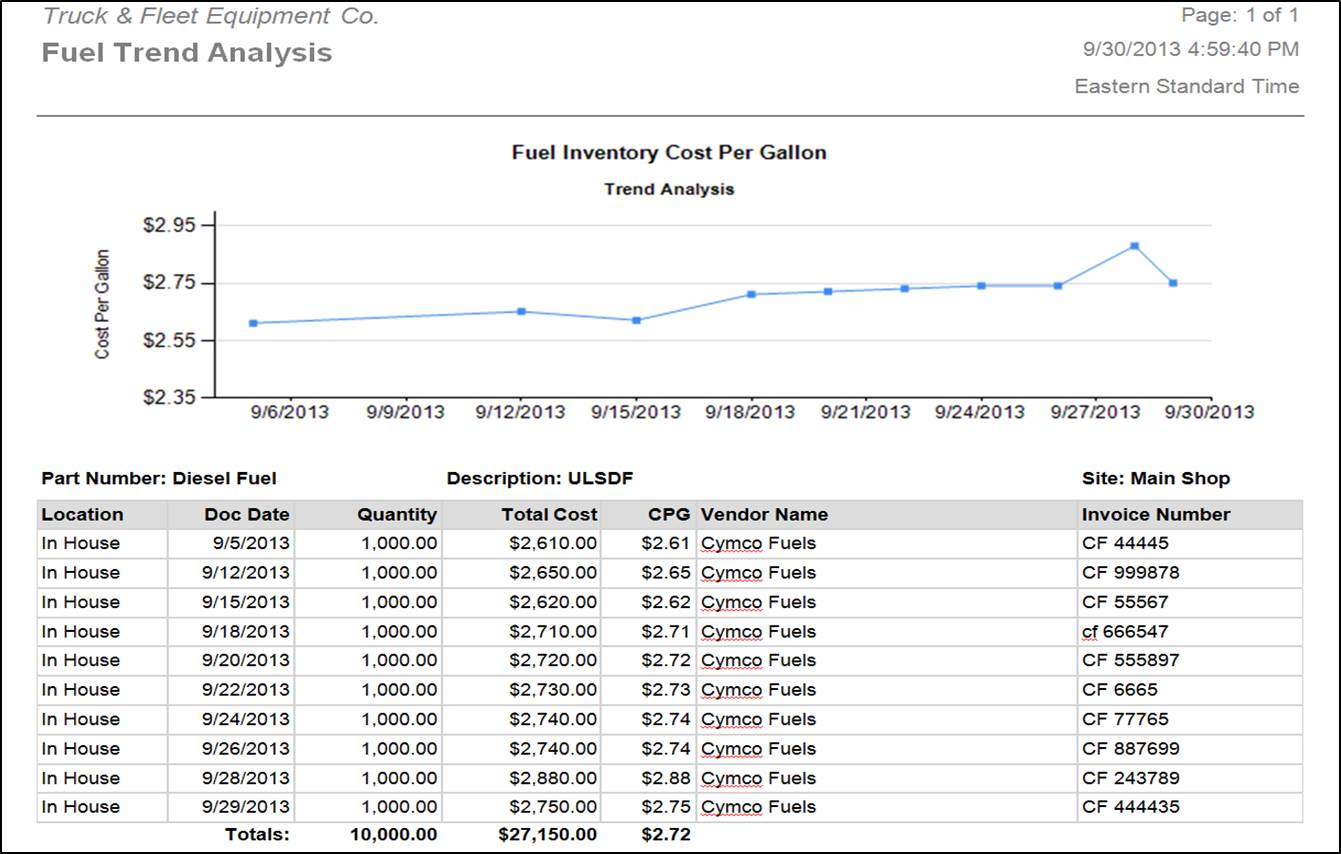

DOSSIER FLEET MANAGEMENT HOW TO
Watch a video tutorial about how to get started with GitLab Pages administration. If you are running a self-managed instance of GitLab,įollow the administration steps to configure Pages. Administer GitLab Pages for self-managed instances
DOSSIER FLEET MANAGEMENT CODE

You can either use the GitLab default domain for GitLab Pages websites, gitlab-ci.yml, which you can create and modify.Ī specific job called pages in the configuration file makes GitLab aware that you’re deploying a Scripts that GitLab CI/CD runs to accomplish this task is created from a file named To build your site and publish it to the GitLab Pages server. To deploy your site, GitLab uses its built-in tool called GitLab CI/CD When you create a new project in GitLab, a repository GitLab always deploys your website from a specific folder called public in your These projects can be either public, internal, or private. To use GitLab Pages, you must create a project in GitLab to upload your website’sįiles to. Build any SSG site with GitLab Pages Use SSGs for GitLab Pages. Modern static site generators SSG overview. Redirects Set up HTTP redirects to forward one page to another.įor more information, see: Document Description Static vs dynamic websites Static versus dynamic site overview. Let’s Encrypt integration Secure your Pages sites with Let’s Encrypt certificates, which are automatically obtained and renewed by GitLab. Custom domains and SSL/TLS Certificates Custom domains and subdomains, DNS records, and SSL/TLS certificates. Explore GitLab Pages Requirements, technical aspects, specific GitLab CI/CD configuration options, Access Control, custom 404 pages, limitations, and FAQ.
DOSSIER FLEET MANAGEMENT UPDATE
To update a GitLab Pages website: Document Description GitLab Pages domain names, URLs, and base URLs Learn about GitLab Pages default domains. Use a project template Create a new project with Pages already configured by using a template. Fork a sample project Create a new project with Pages already configured by forking a sample project. gitlab-ci.yml template Add a Pages site to an existing project. Learn how to create and configure your own CI file. gitlab-ci.yml file from scratch Add a Pages site to an existing project. gitlab-ci.yml Add a Pages site to an existing project. To create a GitLab Pages website: Document Description Use the GitLab UI to create a simple. Pages does not support dynamic server-side processing, for instance, as. Publish any website written directly in plain HTML, CSS, and JavaScript. Like Gatsby, Jekyll, Hugo, Middleman, Harp, Hexo, or Brunch.

To publish a website with Pages, you can use any static site generator,


 0 kommentar(er)
0 kommentar(er)
